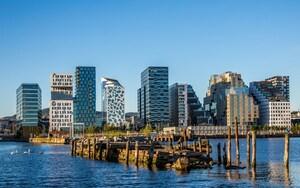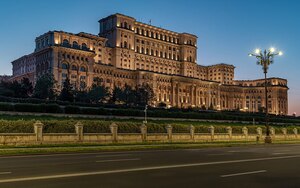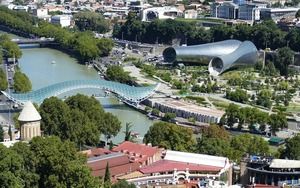It is difficult to describe European food in a word, a sentence or a paragraph – because European cuisine, like its culture, is a melange of cuisines from across the continent and it can vary dramatically from country to country. However, you will find certain commonalities that run across the breadth of European food.… read more
It is difficult to describe European food in a word, a sentence or a paragraph – because European cuisine, like its culture, is a melange of cuisines from across the continent and it can vary dramatically from country to country. However, you will find certain commonalities that run across the breadth of European food.
In particular, you will notice the meat has much more prominence in European cuisine than any other. From the classic French steak au poivre to jamón ibérico in Spain, and from the Austria’s schnitzel to Germany’s bratwurst sausages, European food features meat aplenty. However, rest assured that there are plenty of vegetarian alternatives and options as well, so you will not be struggling to decide what to eat in Europe. You will often find that meat and vegetables in Europe are well-seasoned with salt, pepper and herbs, or served with a sauce for flavour. Potato dishes are also very common in Europe, served on their own to accompany a meat main course or created into a dish in its own right. You will observe that most meals in Europe are made up of several courses that are served sequentially, especially in fine dining restaurants and venues.
Wine is also an important component of European meals. While Spain, France and Italy are the most prominent wine producing countries in Europe, many other nations in the continent have their own wine regions that specialise in certain types of grapes and flavours. However, as with food, wine preferences and production change from country to country. A great way to experience the wine culture of the city you’re in is to visit a winery for wine tasting, or to simply ask your server at the restaurant to help you find a good wine pairing for your meal.
Of course, the only way to truly understand European food is to experience it first-hand. Wherever you travel in Europe, you will find a wide range of dining options ranging from budget-friendly to the exact opposite – so take your pick and start munching your way through the continent!
No Europe trip is complete without feasting on the local food and drink. If you’re curious to know more about European cuisine and culture, visit your closest SOTC branch to learn more.
read less




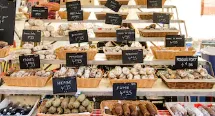



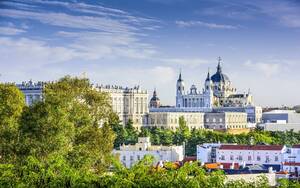
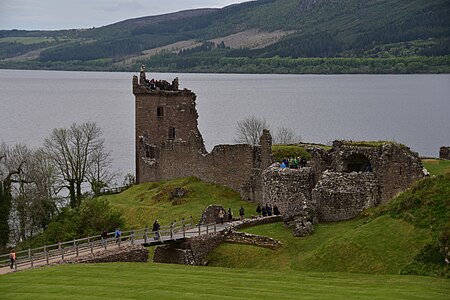
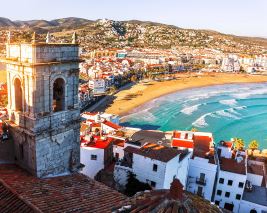

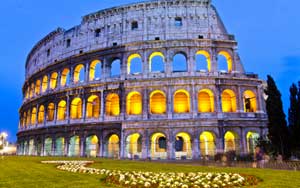
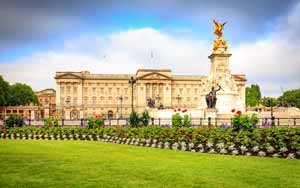
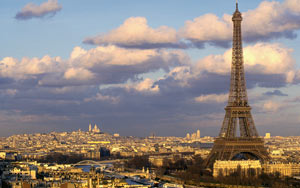
.jpg)
